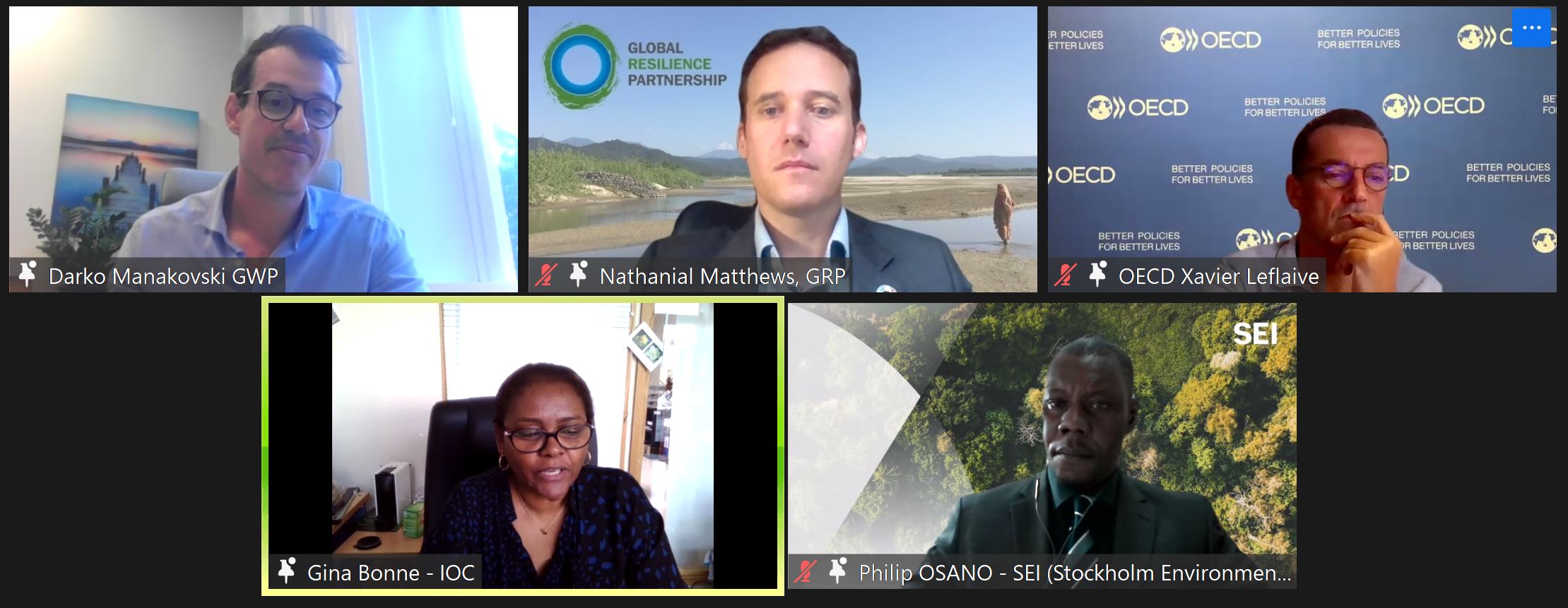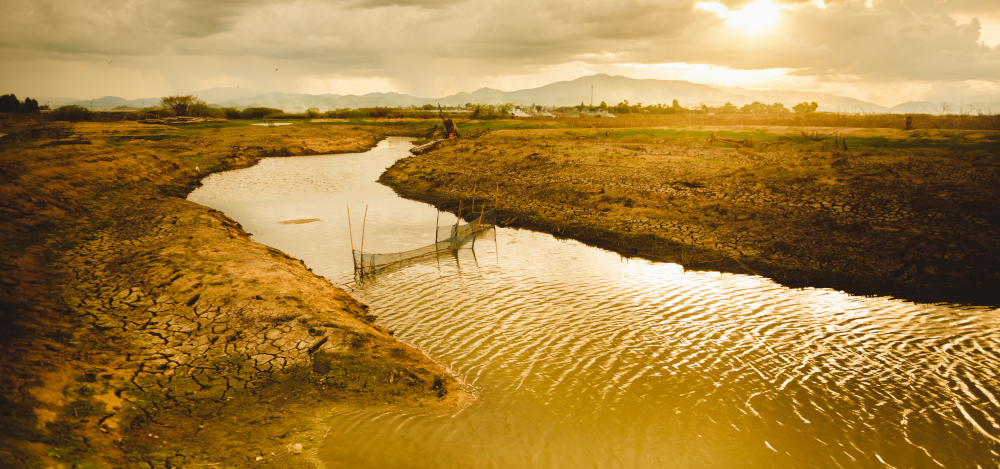According to the World Water Week website, 16,200 participants from 170 countries took part in the digital event, containing an impressive number of 418 different sessions in one week.
Highlights from GWP’s participation included a session that showcased success stories on climate resilient water investments from long-running on-the-ground work by GWP and its partners. This session shared how GWP partnerships have laid the foundation for the Continental Africa Water Investment Programme, which aims to narrow the water investment gap and mobilise $30billion/year by 2030 for SDG 6 related targets. The event followed the recent launch of a new report on water and climate, released in June this year.
In another session, GWP continued its global dialogue around another recent publication launch – showing the crucial need to change how we look at and improve the world’s freshwater storage. This session was organised in collaboration with the International Water Management Institute (IWMI), the World Bank, and the International Union for Conservation of Nature (IUCN). The message in this session: “Water storage is a vital issue for the world, and it’s at the heart of the climate and the Sustainable Development Goals Agenda. However, our current approach is not enough, and we can do better!” The Perspectives Paper which this session was based on continues to be open to public input.
Launch of Asia-Pacific SDG 6.5.1 findings
As part of the worldwide work to map out progress on Sustainable Development Goal (SDG) 6 on water and sanitation, GWP Southeast Asia launched a new report on the progress on Integrated Water Resources Management (IWRM) in the Asia-Pacific Region.
This report is one of several regional GWP reports to be published as a result of the country consultations conducted through the SDG 6 IWRM Support Programme, which aims to advance country-led responses to SDG indicator 6.5.1—the degree of implementation of Integrated Water Resources Management (IWRM).
Other GWP sessions included showcasing the network’s work to engage youth in building climate resilience, and the joint GWP/World Meteorological Organization (WMO) programmes on floods and droughts. These programmes have been running for many years, and continue to be crucial to GWP’s climate portfolio of programmes, especially in the light of recent climate disasters.
GWP also co-organised a session on financing source-to-sea action (pictured below), which highlighted how the source-to-sea approach - which takes upstream-downstream linkages into account - contributes to achieving the SDGs, including the closely linked freshwater and ocean SDG’s 6 and 14.


